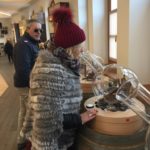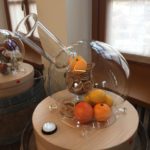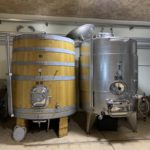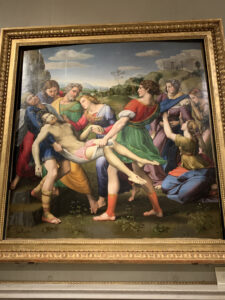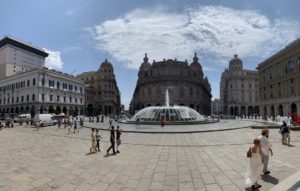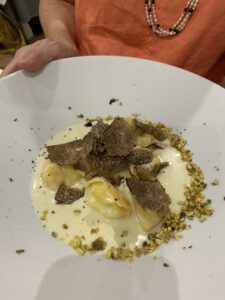“Wine is sunlight held together by water” Galileo Galilei
Anyone who knows me also knows how much I enjoy wine. One of the things that makes living in Italy such a pleasure is the food culture that recognizes that a glass of good wine is an integral part of the meal, and that a splash of Prosecco makes any celebration a bit more special.
I am not a wine expert, just someone who enjoys having a glass or two. While I mostly drink reds, I also enjoy rosés, whites, and sparkling wines, as long as they are dry. Fortunately we live in a place where it is easy to find great wines at affordable prices.

That’s probably because Italy is the world’s largest wine producing country. Over 350 varieties of grapes are grown within its twenty regions. Some of these are only grown in certain regions, others are common throughout the country. Wine is deeply embedded in the food culture here,
Many regions are famous for their wines – Barolo, Dolcetto, Bargbaresco and Arneis in Piemonte, Brunello and Chianti in Toscana, Primativo and Negroamaro in Puglia, Amarone, Valpolicella, Soave, and Prosecco in the Veneto, Pecorino in Marche, and of course, Sagrantino, Montefalco Rosso, and Orvieto in Umbria.Umbra alone has scores of wineries. So how do you find the ones you like?

One way is through the charming Italian custom of apertivo. Around 6 pm, we leave our houses and go into town for a stroll (fare la passeggiata). Maybe we’ll do a little shopping or add a stroll through the park. Then we stop at one of the bars for a glass of wine and a tasty snack. Everyone has their favorite. This is normally not more than €8 per person. When we like a wine, we ask the server what we are drinking. Sometimes we ask for a local wine, and sometimes we like to try something from another region,

Another way is recommendations from friends. Almost everyone has their favorite cantina that they are happy to promote. Many of the cantinas are still family owned.
A third way is to attend various festivals. Normally, (in non Covid years), over the last weekend in May, all of the wineries in the country participate in Cantine Aperte (Open Wineries). Many also have live music and food. You typically buy an entrance ticket at the winery, you are given a real glass, and that entitles you to a set number of tastings. You can try several wines or zero in on one or two. Of course, you can only go to two or three wineries unless you are not driving or have a designated driver.
.
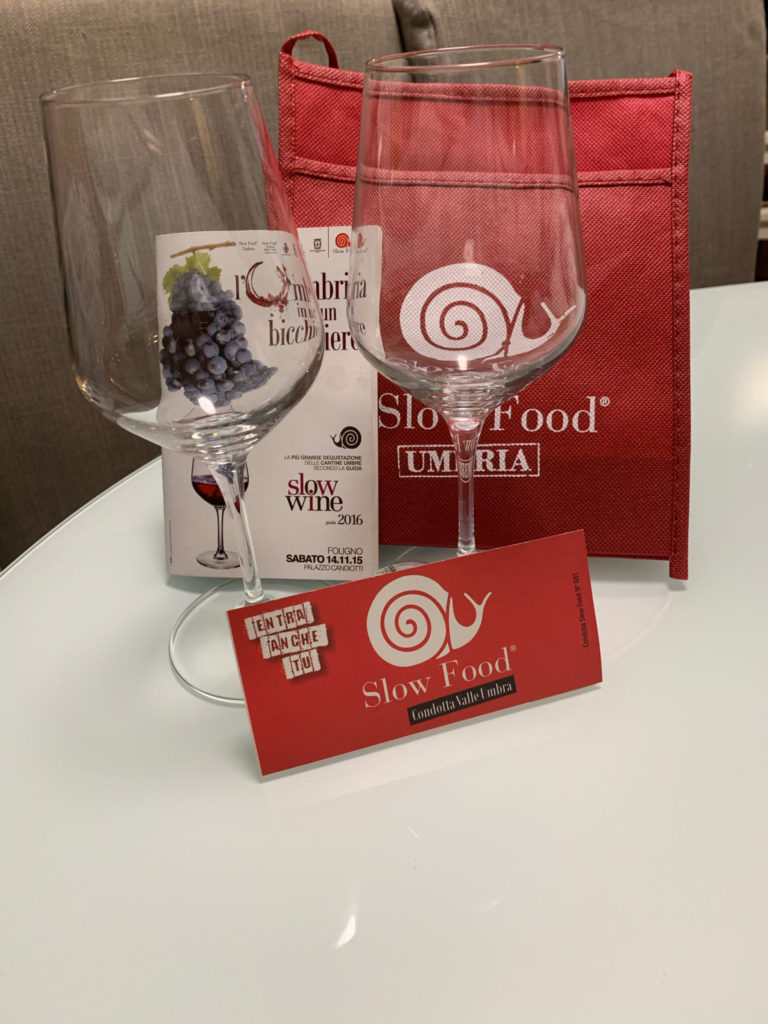
My favorite wine event in Foligno typically happens in November and is hosted by the Slow Food Movement. Umbria in un Bicchiere (Umbria in a Glass) brings dozens of Umbrian producers to Palazzo Candiotti. In 2019 there were 50 cellars. Fortunately this is a ten minute walk from our house.
You pay the entrance fee, receive a glass and a booklet with all the producers in attendance, and then you are free to check out any or all of the wines being offered. Each winery generally has a good selection of their wines, and the pours are quite generous. There are also seminars about various wine related topics, and (surprise) food stands.

You might not think about museums when you think of wine, but we have been to several. In Torgiano there is an excellent wine museum. We’ve been there a number of times on our own and with friends from out of town. There is also an olive oil museum run by the same association. We usually go to the wine museum, head to a nearby restaurant for a delicious lunch, then we go back to the olive oil museum.
There are also a couple of wine museums in Barolo. One of them, Agri-lab had a fun, hands-on exhibit that allows you to get an idea of the various fragrances and flavor profiles you typically find in wines.
I highly recommend trying all of the above. Cin Cin! 🥂
